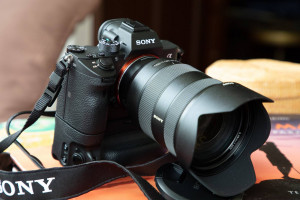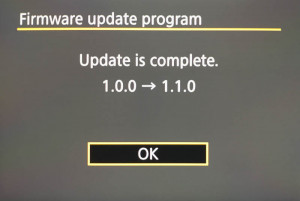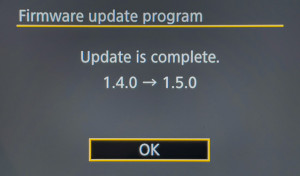Yesterday morning, I took the opportunity to further test the EOS R5 during a visit to the zoo. A first short review of the Canon EOS R5 and some remarks about my menu-configuration and my accessories can be found in my initial experience report. This time, I used the Canon EOS R5 exclusively with my Canon EF 400mm f/2.8L IS II USM lens, partly with the converters, always wide open. Regarding the focusing speed, I didn’t notice any disadvantage compared to the same lens on the 5DS R. The autofocus system covers almost the entire image area except for about 5% on the left and right edge of the frame. Of course I was especially curious to see the performance of the animal eye autofocus in action at the zoo.
And that was extremely impressive. It actually worked with almost all animals: With the flamingos I was concerned about their long curved neck, but even in that case it worked very well. I took the headline picture for this article hand-held with the 400mm f/2.8 lens and edited it in Lightroom, completely darkening the background and cutting out a portrait version from the landscape image. The image sharpness is extremely impressive, in the following you see a 100% Crop:
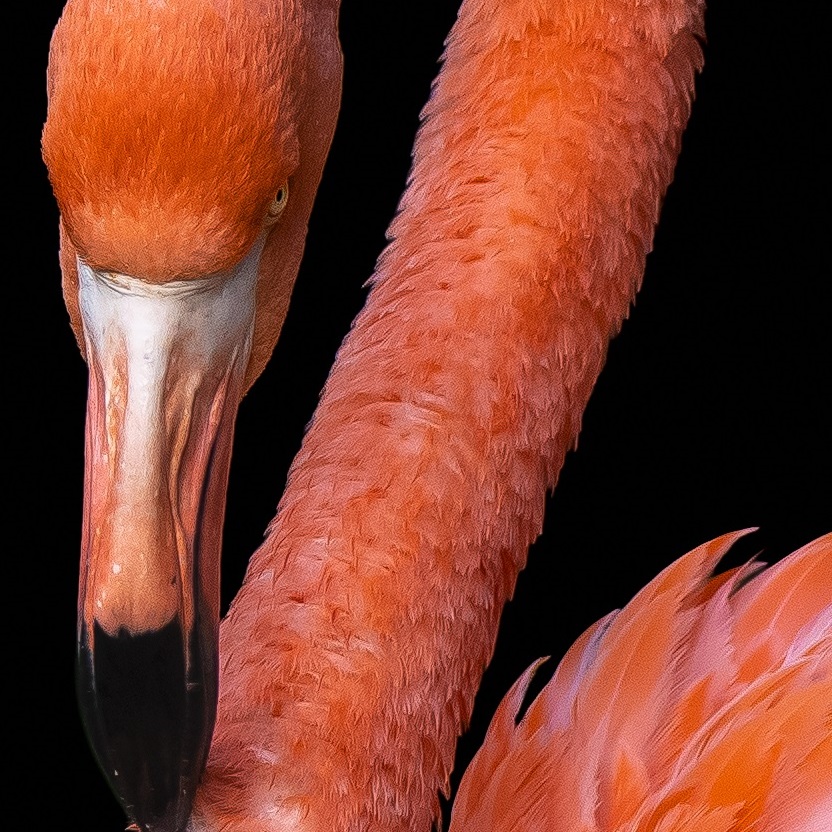
Until now I have only rarely achieved this sharpness with the 5DS R and then mostly with a tripod with mirror lock-up. The animal eye autofocus worked perfectly even with a black crow with black eyes. The following picture shows an example without special aesthetic value:
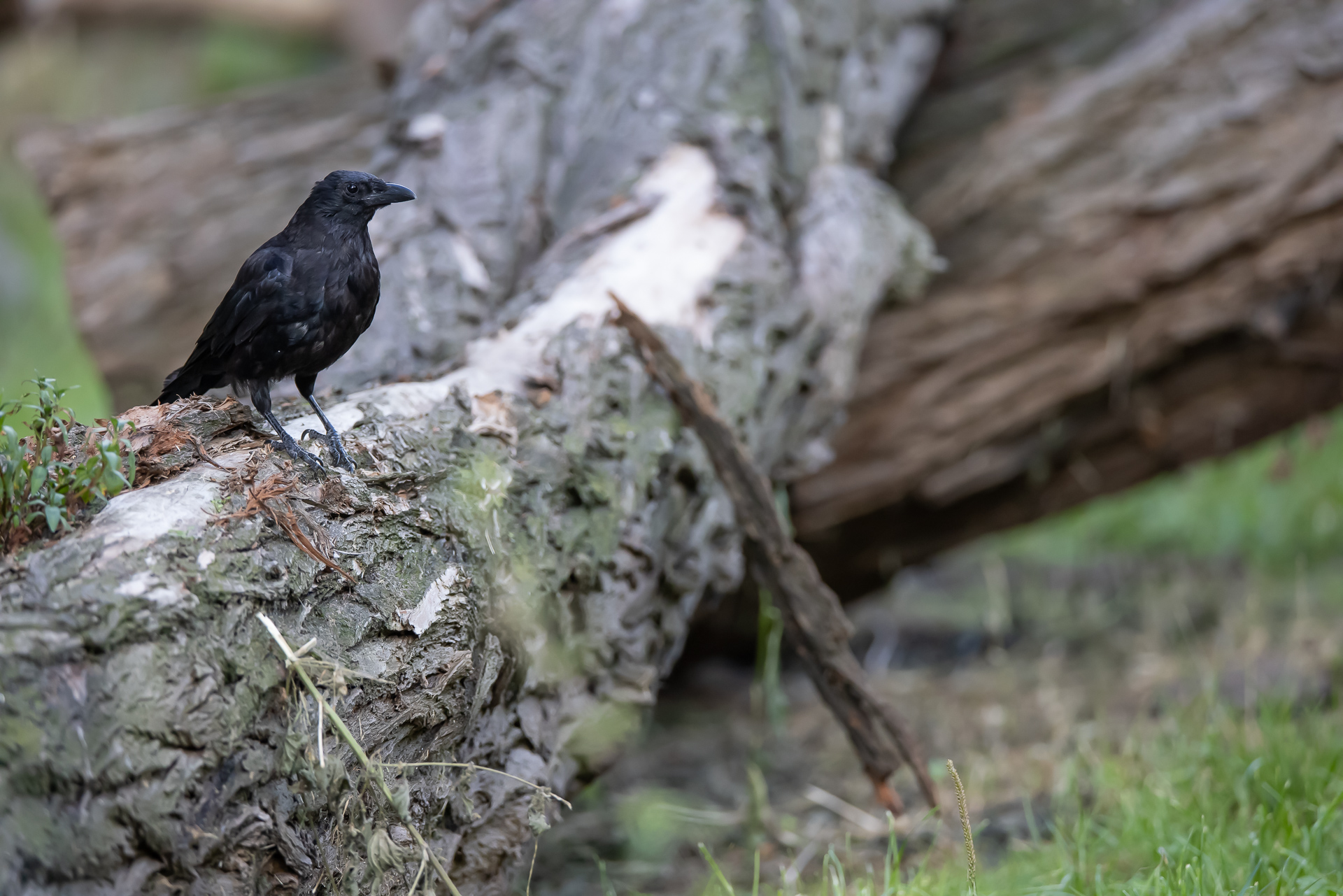
Here is a 100% crop of the above image:
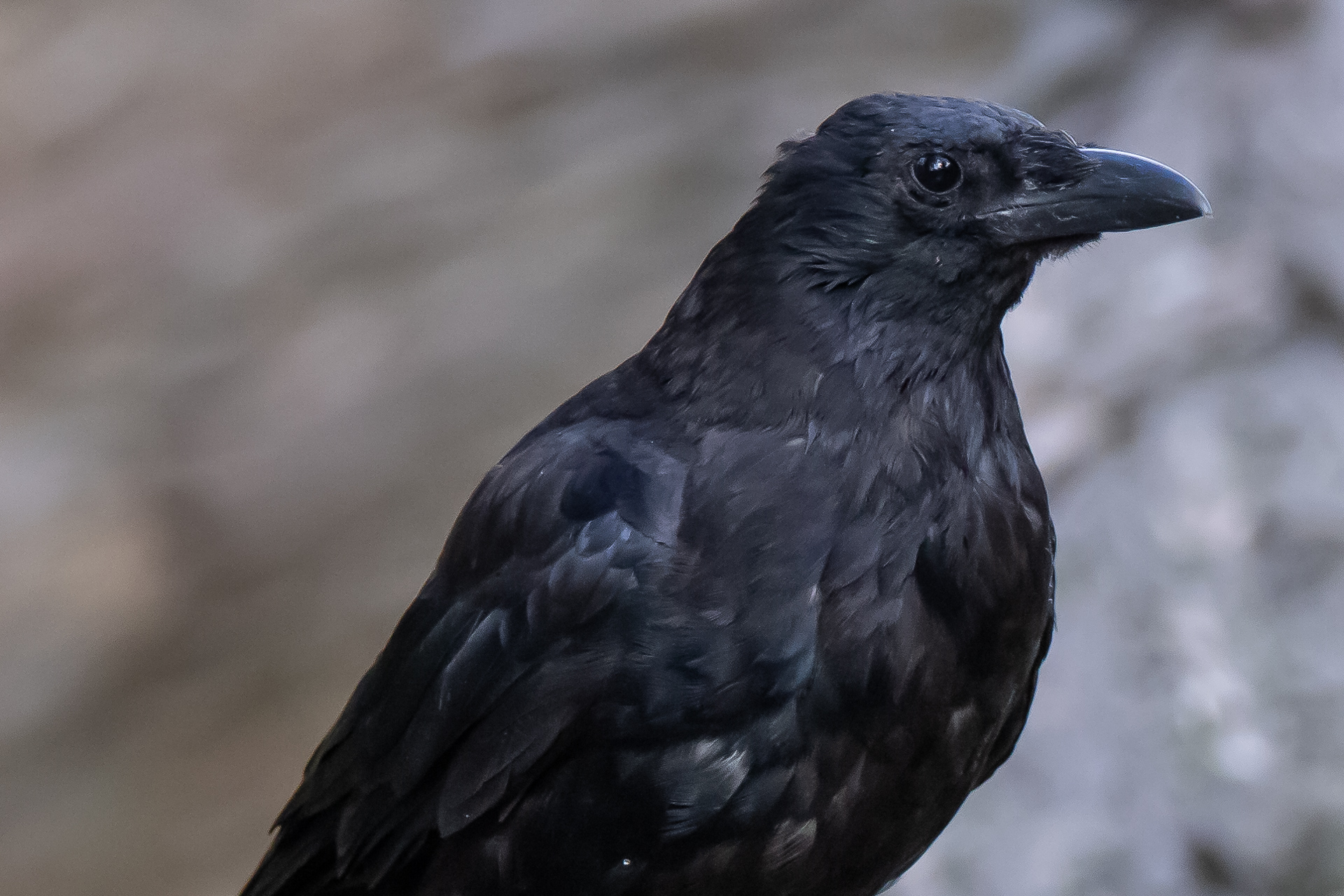
Even at the edge of the viewfinder, the R5 always followed the eye of the black bird reliably.
Other animals used as test objects for the eye autofocus were a red panda and a Bactrian camel, in both cases the camera focused reliably on the eyes:
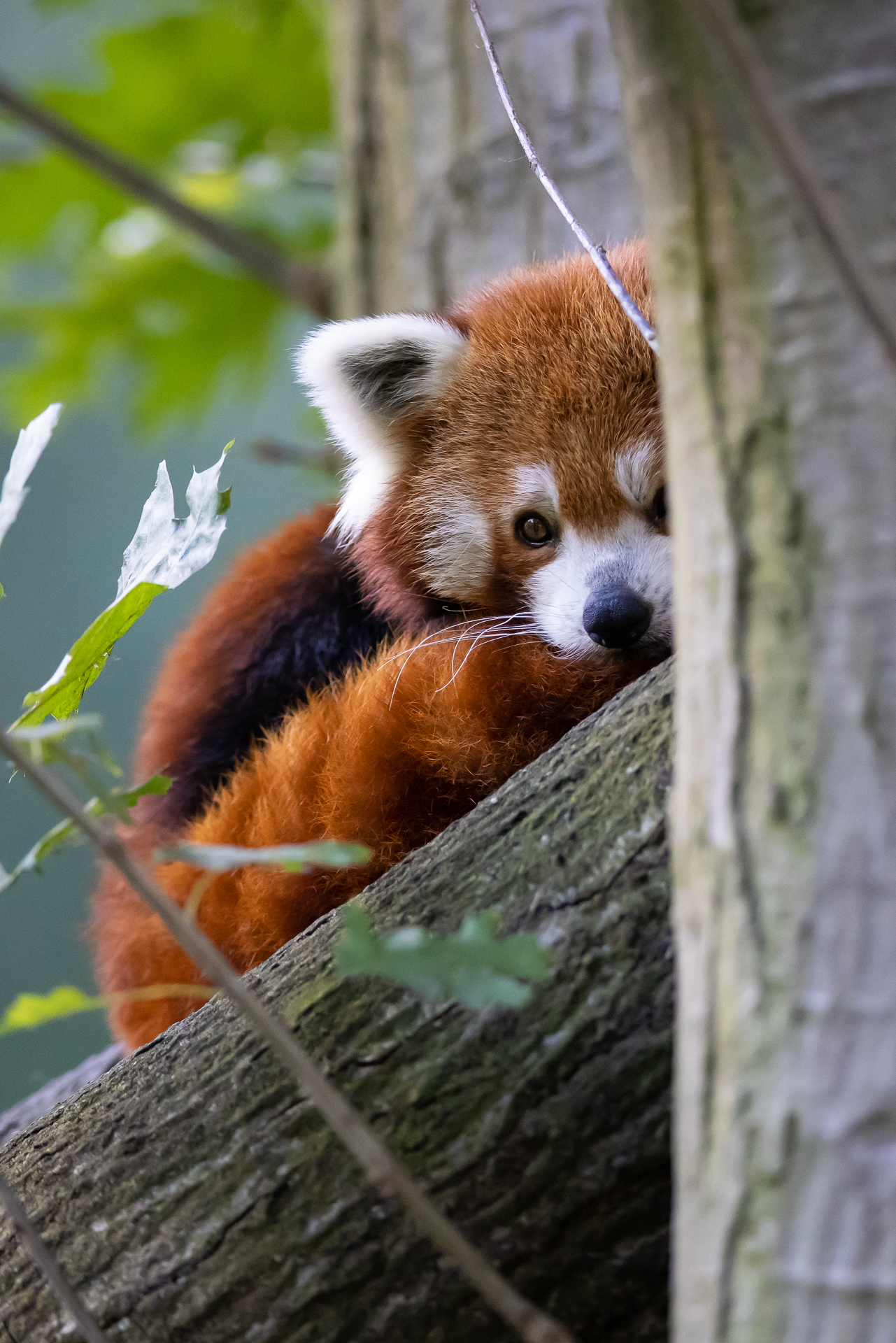

All previous shots were taken handheld without a tripod. When I reviewed the pictures of this morning, I was extremely impressed by the sharpness of the images. In almost every shot the focus was exactly on the spot. Compared to my previously taken pictures under similar conditions, the camera actually delivers much more sharpness than the nominally even higher resolution EOS 5DS R, although it uses an anti-aliasing filter in front of the sensor. I also notice this in the fact that I have to re-sharpen my RAW images significantly less during post-processing. Usually the default setting in Lightroom is sufficient.
I don’t know if this is due to the more accurate sensor-based autofocus or the missing shock from thre flipping mirror of a DSLR, but the sharpness and detail of the images is extremely impressive. Finally two pictures, which were also taken yesterday at the zoo and which I edited in black and white:
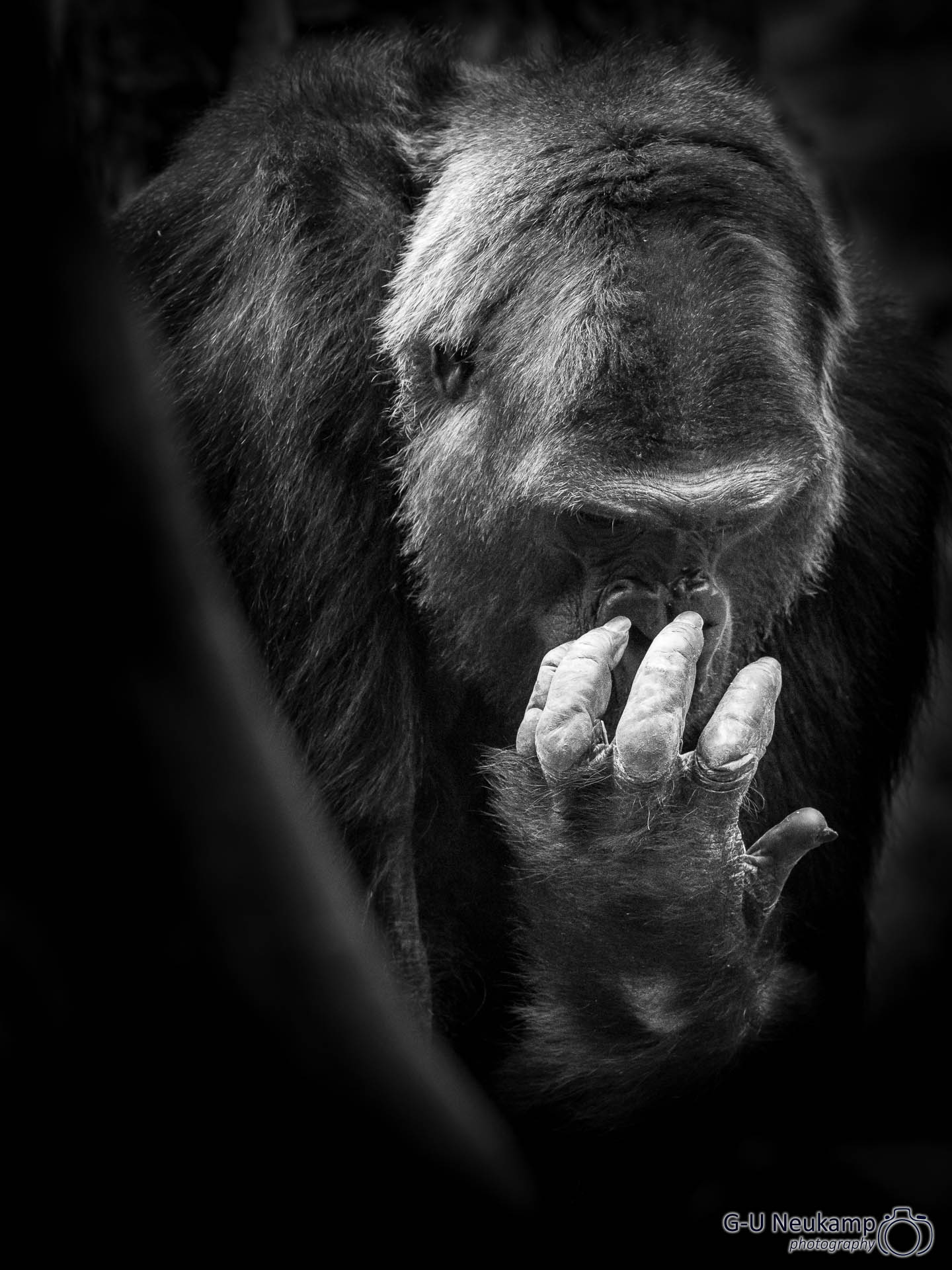
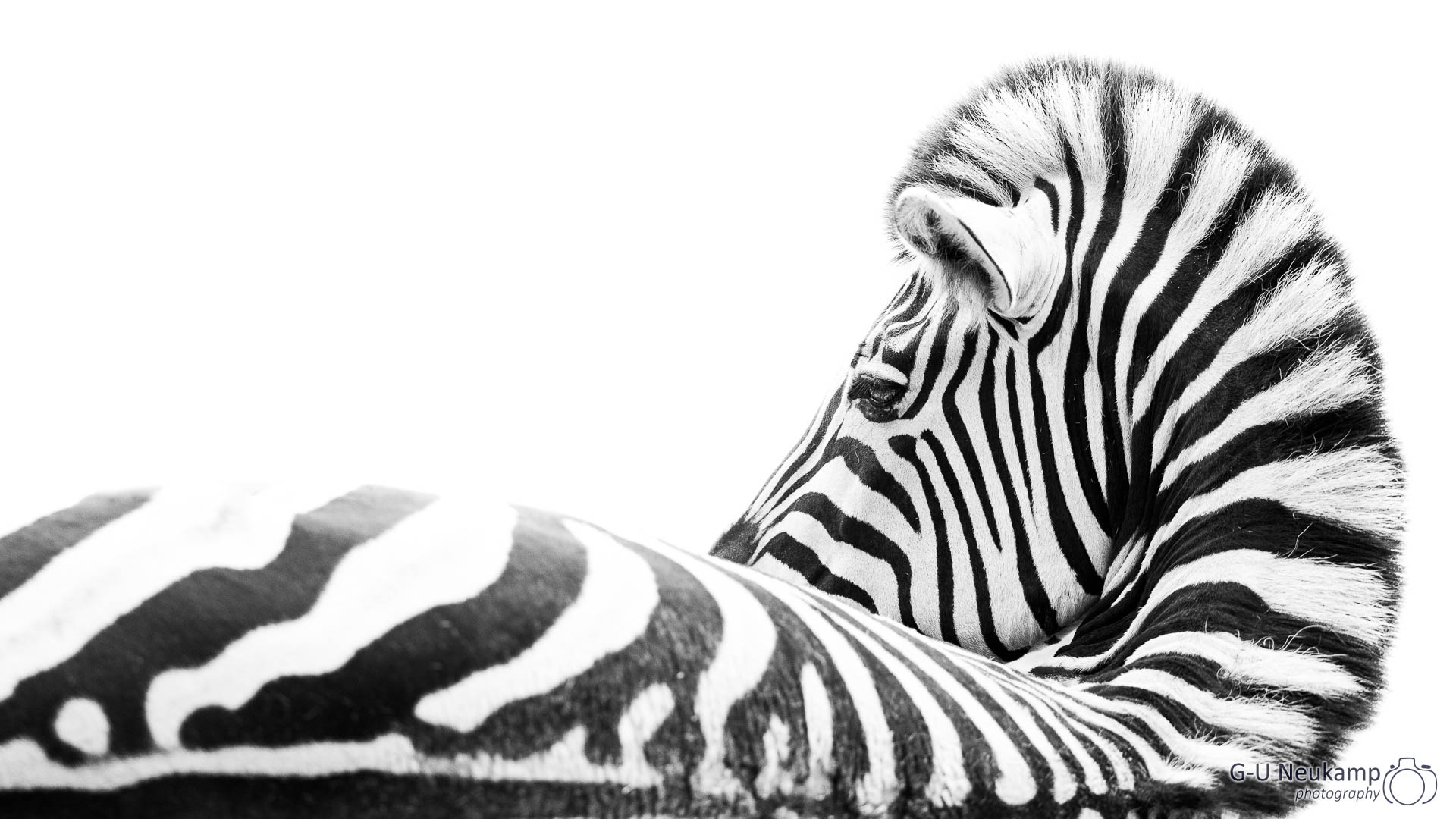
All in all I am still very enthusiastic about the camera. The high-ISO quality has also improved significantly compared to the EOS 5DS R. I now use ISO values up to 6400 without any major concerns. I am very satisfied with the yield of a morning visit to the zoo and would be happy about any comments.

